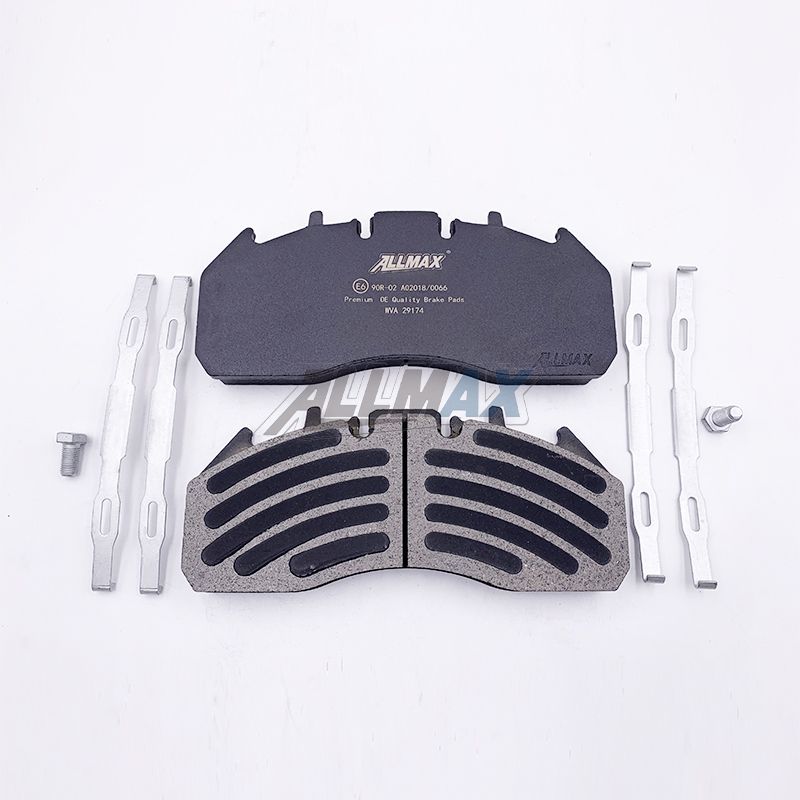Welcome to our comprehensive guide on when to change your brake pads. As your reliable source for automotive maintenance insights, we aim to provide you with in-depth information about brake pad replacement. Regular brake pad maintenance is crucial for ensuring your vehicle's safety, optimal performance, and longevity. In this article, we will delve into the specifics of when to change your brake pads and the essential factors to consider.

Brake pads are a critical component of your vehicle's braking system. They work by creating friction against the brake rotors, which helps slow down and stop your vehicle effectively. Over time, due to constant friction and heat, brake pads wear down, affecting their performance. Regular inspection and timely replacement are necessary to prevent any safety hazards and maintain your vehicle's braking efficiency.
Signs that Indicate Brake Pad Replacement
1. Squeaking or Squealing Noise
One of the most common signs that it's time to change your brake pads is the presence of squeaking or squealing noises when you apply the brakes. These high-pitched sounds are typically caused by a small metal indicator built into the pad, which comes into contact with the rotor when the pad wears down significantly.
2. Reduced Braking Responsiveness
If you notice that your brakes are not as responsive as before, it could be an indication of worn-out brake pads. The diminished braking performance might manifest as a longer stopping distance or a soft brake pedal feel.
3. Vibration or Pulsation
A vibrating or pulsating sensation through the brake pedal could signify uneven brake pad wear or warped rotors. This issue not only compromises your safety but also indicates the need for immediate attention to prevent further damage.
4. Dashboard Warning Light
Modern vehicles are equipped with advanced onboard diagnostics that monitor various systems, including the braking system. If the dashboard warning light related to brakes illuminates, it's advisable to have your brake pads inspected.
Factors Influencing Brake Pad Wear
Several factors contribute to the wear and tear of brake pad:
1. Driving Habits
Aggressive driving, such as frequent hard braking and sudden stops, accelerates brake pad wear. It's essential to adopt smooth driving habits to extend the lifespan of your brake pads.
2. Terrain and Conditions
Driving in hilly areas, stop-and-go traffic, or adverse weather conditions can lead to increased brake pad wear. In such scenarios, regular inspections become even more critical.
3. Brake Pad Material
Different brake pad materials, such as organic, ceramic, or metallic, have varying levels of durability. Consulting your vehicle's manual or a professional mechanic can help you choose the right type for your driving needs.
Recommended Brake Pad Replacement Intervals
While specific intervals can vary based on the factors mentioned above, a general guideline is to replace brake pads every 25,000 to 70,000 miles. However, it's crucial to consult your vehicle's manual for manufacturer recommendations tailored to your make and model.
DIY vs. Professional Replacement
Brake pad replacement can be a DIY task for those with mechanical expertise. However, if you're unsure about your skills, it's always best to seek professional assistance. Certified mechanics have the necessary tools and experience to ensure the job is done correctly.
In conclusion, staying proactive about your vehicle brake pad maintenance is essential for your safety and the longevity of your vehicle. By paying attention to the warning signs and considering the factors affecting brake pad wear, you can make informed decisions about when to change your brake pads. Whether you're a DIY enthusiast or prefer professional assistance, remember that timely replacement is the key to a reliable braking system.



Comments
All Comments (0)